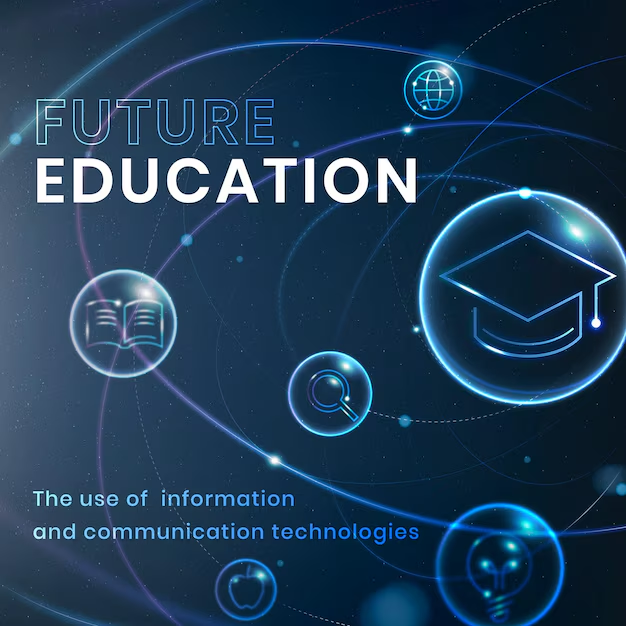
. Active Learning
- Techniques: Use group discussions, problem-solving tasks, and hands-on projects to encourage participation.
- Benefits: Increases student engagement and retention of information.
2. Differentiated Instruction
- Techniques: Tailor lessons to accommodate various learning styles and abilities, using varied instructional strategies.
- Benefits: Ensures all students can access the curriculum and succeed at their own level.
3. Incorporating Technology
- Techniques: Utilize tools like interactive simulations, educational apps, and online collaboration platforms.
- Benefits: Makes learning more engaging and allows for personalized learning experiences.
4. Formative Assessment
- Techniques: Implement regular quizzes, peer assessments, and self-reflections to gauge understanding.
- Benefits: Provides timely feedback and helps students take ownership of their learning.
5. Project-Based Learning
- Techniques: Encourage students to work on real-world projects that require critical thinking and collaboration.
- Benefits: Develops problem-solving skills and fosters a sense of accomplishment.
6. Culturally Responsive Teaching
- Techniques: Incorporate diverse perspectives and materials that reflect students’ backgrounds and experiences.
- Benefits: Promotes inclusivity and relevance, enhancing student engagement.
7. Growth Mindset Encouragement
- Techniques: Foster an environment where mistakes are seen as learning opportunities, and effort is praised.
- Benefits: Encourages resilience and a love for learning.
8. Flexible Classroom Environment
- Techniques: Rearrange seating and use varied classroom layouts to facilitate collaboration and movement.
- Benefits: Supports different activities and enhances interaction among students.
9. Mindfulness and Social-Emotional Learning
- Techniques: Integrate mindfulness practices and social-emotional learning activities into the curriculum.
- Benefits: Improves focus, emotional regulation, and overall well-being.
10. Building Relationships
- Techniques: Foster strong connections with students through one-on-one interactions and regular check-ins.
- Benefits: Creates a safe and supportive learning environment, boosting student motivation.
Conclusion
Transforming education through these essential techniques fosters an engaging and dynamic classroom environment where all students can thrive. By emphasizing active learning, differentiated instruction, and the integration of technology, educators can create a more inclusive and responsive approach to teaching. Incorporating strategies like project-based learning and culturally responsive practices not only enhances academic outcomes but also nurtures critical thinking, collaboration, and a sense of belonging. Ultimately, by building strong relationships and promoting a growth mindset, educators empower students to take ownership of their learning, preparing them for future challenges and instilling a lifelong love of learning. Embracing these methods is crucial for cultivating a vibrant educational experience that meets the diverse needs of today’s learners.
